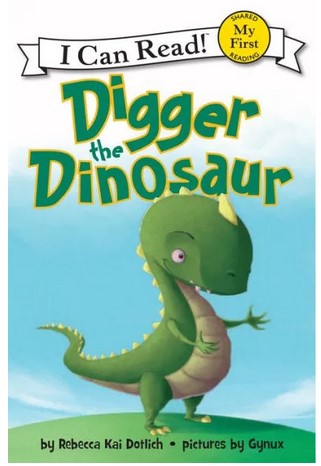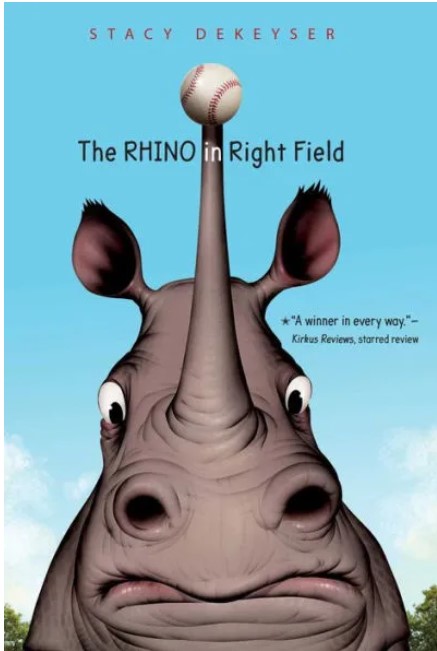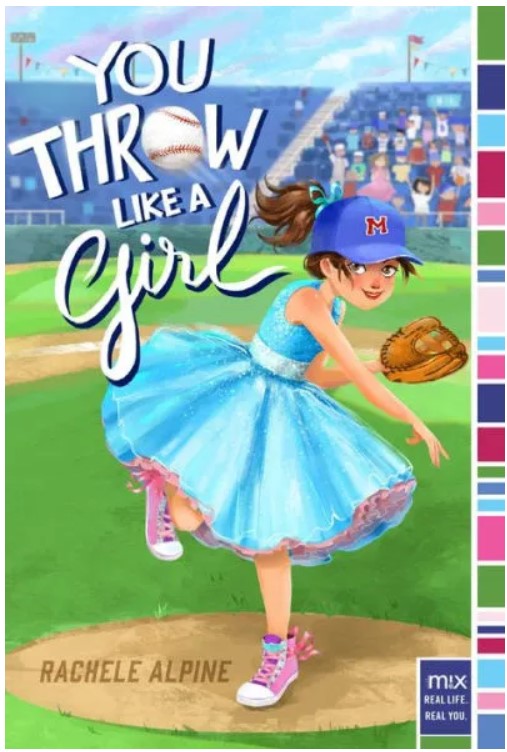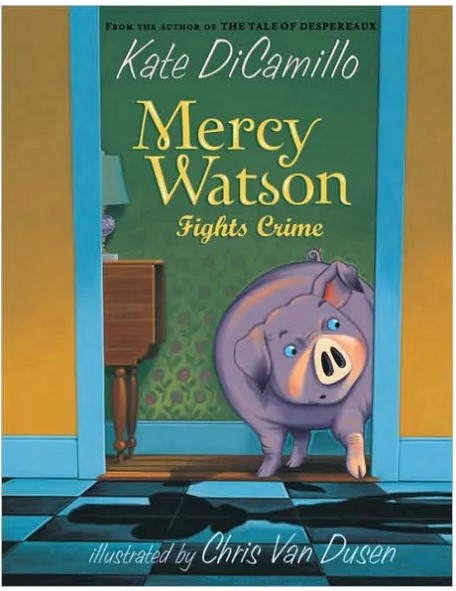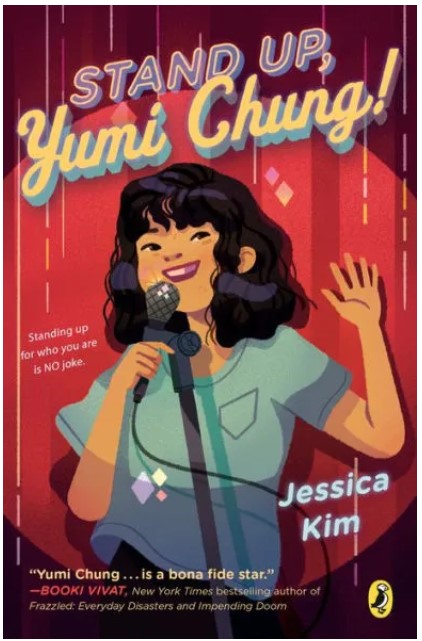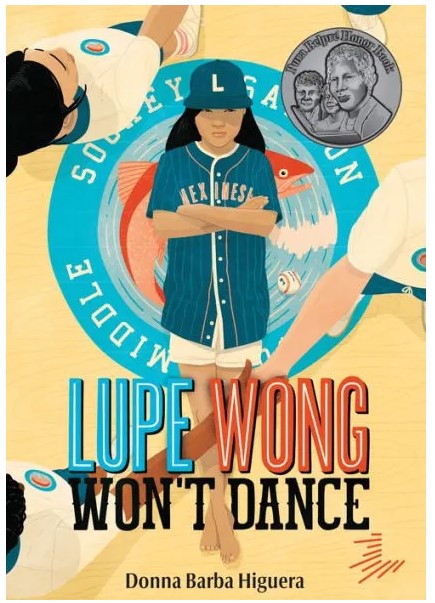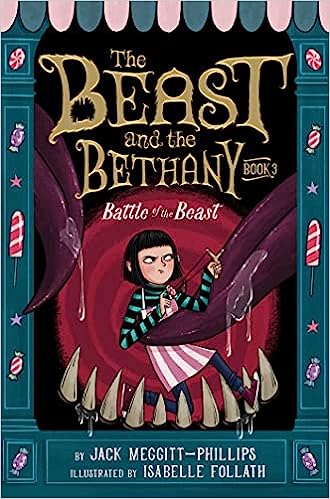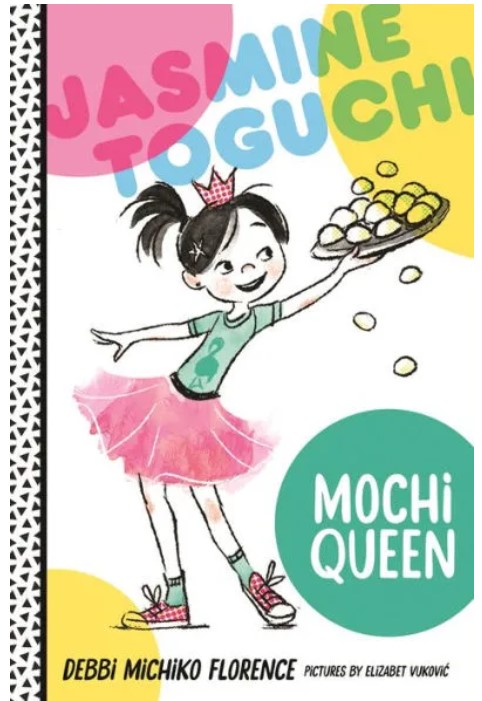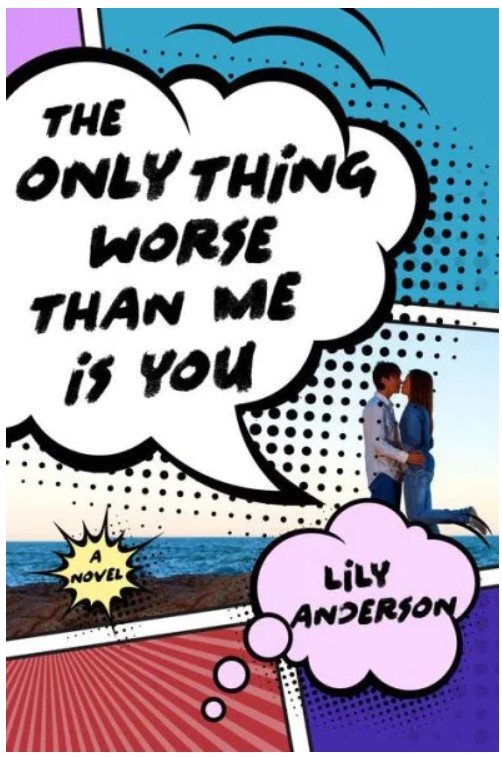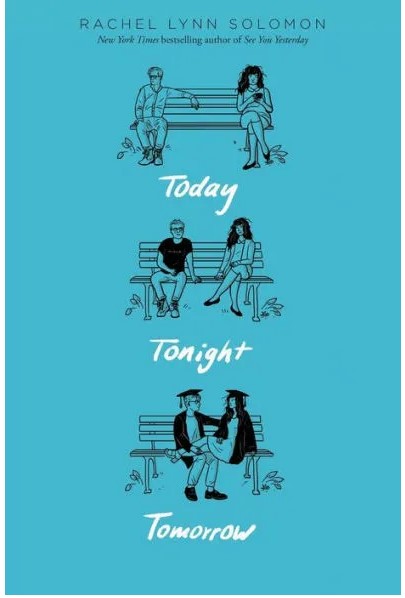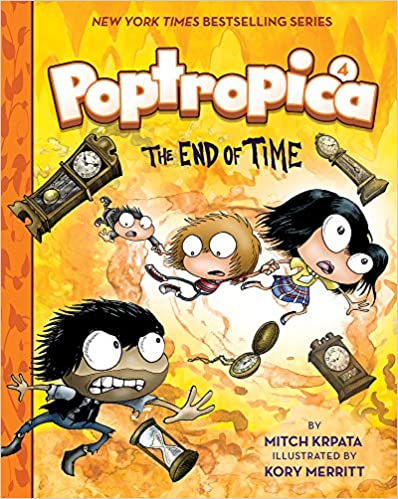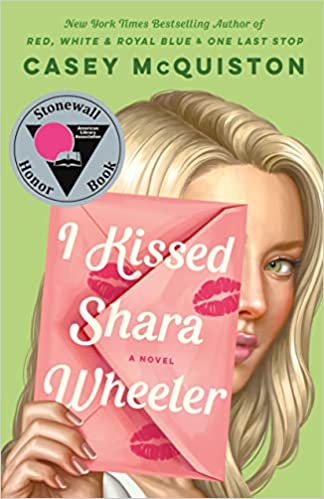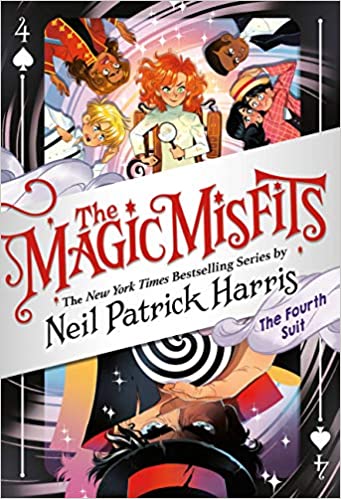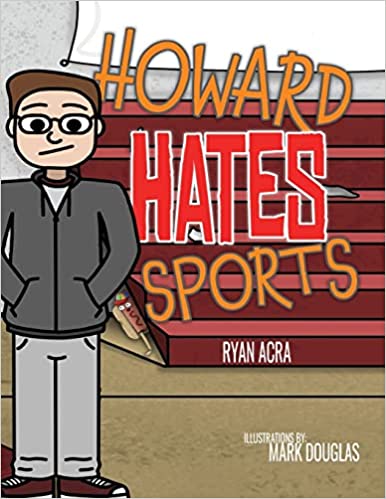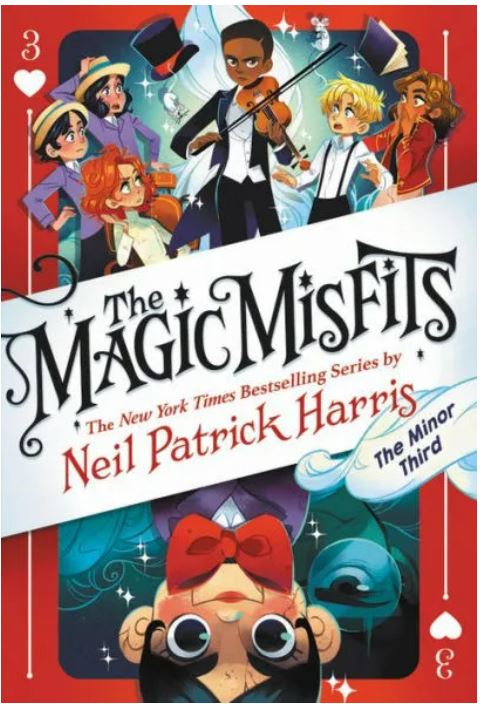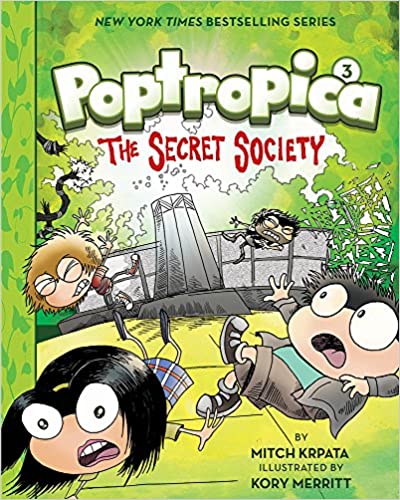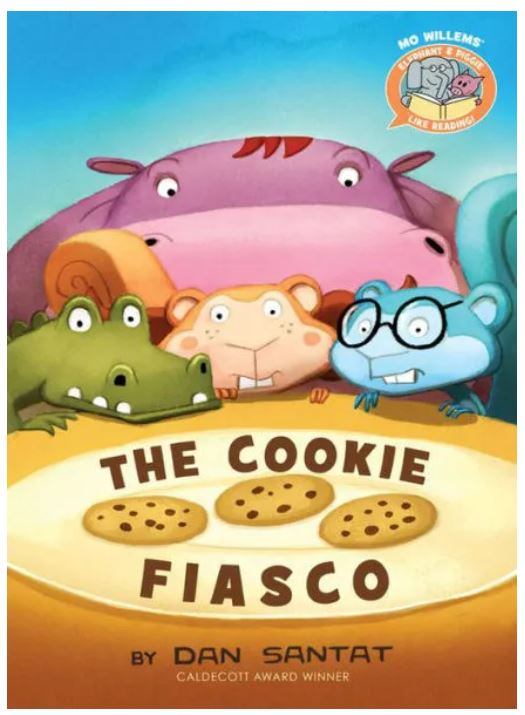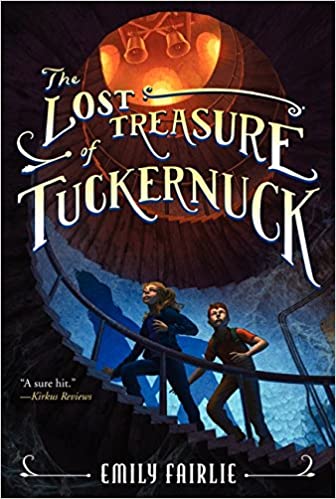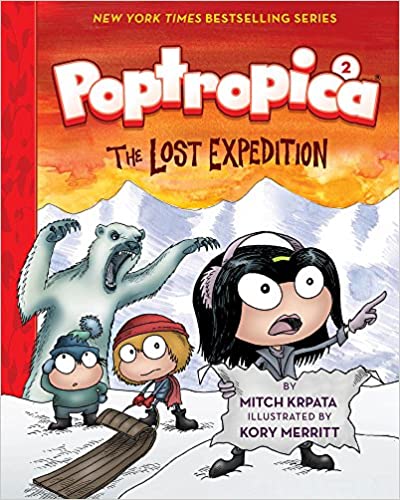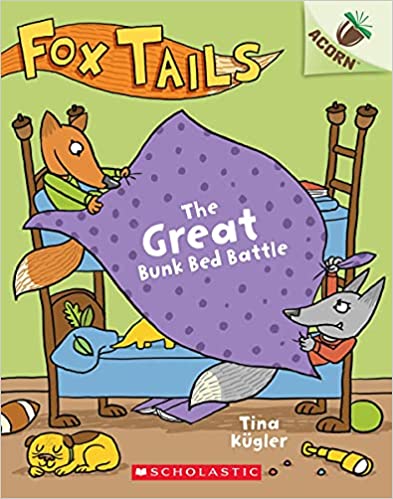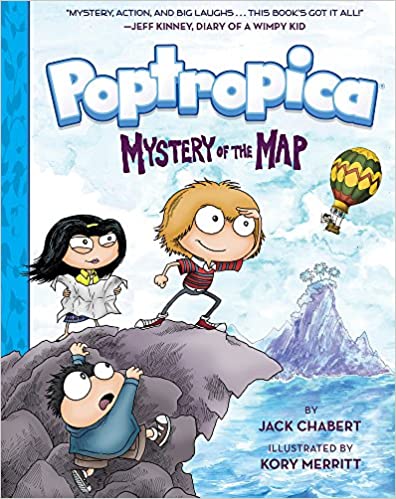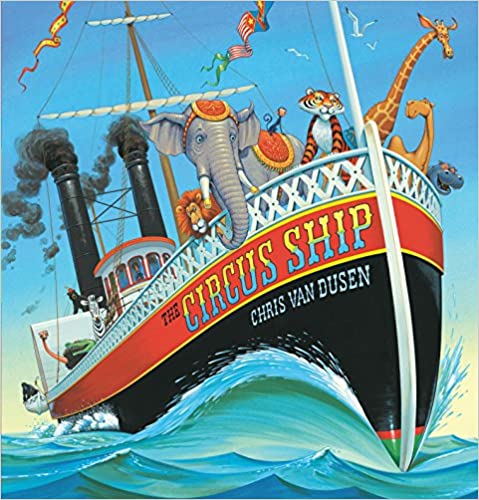Coop Cooperson lives in the Land of Eem, a fantastical realm where many different species live together, and there is always more magic to be discovered by those up to the task. The Dungeoneer Academy trains future explorers with classes like Dungeons and Mazes, Creatures and Critters, and Swords and Sorcery.
Coop believes in the academy’s mission and the Dungeoneer’s Code, but being the only human student can make it difficult to fit in. Lucky for Coop, his best friend Oggie the bugbear has his back. Oggie and the two other members of their exploring team—Daz the boggart and Mindy the imp—will have to rely on each other more than ever as the test for their Junior Dungeoneer Badges looms closer. If Coop and his friends fail to run the final gauntlet in the fungal jungle, they will have to leave the academy.
As future dungeoneers, Coop and his team know to expect the unexpected, but nothing could prepare them for the adventure that lies in store. Coop and the Green Team must defeat the Zarakna’rawr (a dangerous spider monster), or the mushrums (a group of mushroom-like people) will turn the friends into soup!
Lost in the Mushroom Maze takes readers on an epic adventure deep underground. Right from the start, readers will connect to the Green Team—Coop, Daz, Oggie, and Mindy—a group of misfits who struggle with typical middle-grade conflicts. Coop wants to break free from the mold that society has cast for him. Daz’s absent parents make her feel lonely and unwanted. Oggie wants to be an artist, but his father wants Oggie to be a great warrior. And Mindy works too hard, which doesn’t allow her to have any fun.
Adventure-loving readers will be introduced to a wide array of characters, frightening monsters, and an unexplored mushroom civilization. Large, black-and-white illustrations appear on almost every page, which helps readers visualize the imaginative world of Eem as well as heightens the suspense. The fast-paced story includes heart-stopping action scenes, humor, and mystery. And the book’s rich language adds to the story’s fun tone.
The book is wonderful to read aloud because it’s filled with alliteration, onomatopoeias, silly names, and made-up words. However, some readers will struggle with the liberal use of idioms such as on thin ice, a piece of cake, etc. In addition, the story uses difficult vocabulary such as grudgingly, calamitous, pulverized, mycelium, and juggernaut. Another thing that may cause confusion is that Tymbo, a mushrum, speaks his own dialect of English. For example, when encountering a monster, Tymbo says, “The Oo’graw’nok is the creature we are seeing. The almighty Zarakna’rawr is a creature we are not seeing.” Despite this, readers will be so caught up in the story that any language difficulties will not prevent them from reading the entire book.
Through it all, the Green Team succeeds by working together and using their unique talents. Readers will connect with the Green Team’s conflicts and root for them as they face a bully, an exiled rebel, and a multitude of monsters. Through the Green Team’s experiences, the story encourages readers to embrace their unique differences.
Fans of The Last Kids on Earth and The Treehouse Series will also enjoy reading Lost in the Mushroom Maze. Not only is the book exceptionally entertaining, but the Dungeoneer’s Code, which is referred to often, also teaches important lessons such as working together and “always do what is right, even if other options are easier.” Lost in the Mushroom Maze is the perfect book for any reader who enjoys humor and adventure.
Sexual Content
- None
Violence
- The Green Team is on a practice mission when Coop accidentally steps on a pressure plate and “something sharp and pointy whizzes by my head. . . Gouts of flame blast from jets in the floor and ceiling . . . All of a sudden, a pendulum blade swings toward us from the darkness above.” No one is injured. The scene is described over six pages.
- While in the cafeteria, the school bully, Zeek, throws food at Coop. “Something wet and slimy hits me hard in the side of the face. A blob of mystery casserole.” Coop wants to retaliate, but his friends stop him.
- Zeek corners Coop. “Zeek wrenches my neck into a headlock, stuffing my face into the crook of his sweaty armpit. It stinks like fish butts and cabbage. . .” Oggie steps in, but Zeek’s minion, Axel, “lifts him off the ground. . . Axel hisses as he slams Oggie into a locker.”
- Coop gets angry and finally begins fighting back. “With a swift tug and a nimble roll, I break free of Zeek’s grip and sprint to my feet. Digging in my heels, I draw my finger like a sword and poke Zeek in the chest. . . Zeek pushes me so hard, I trip and land on my tailbone with a thud. Sprawled on the ground, I watch Zeek and Axel laugh.” Coop’s friend appears and Zeek takes off. The scene is described over five pages.
- Headmaster Munchowzen and his friend, Lazlar Rake, founded The Dungeoneer Academy. But Lazlar “was banished after three students were killed while under his negligent leadership during an unauthorized exploration mission.” No other information is given.
- While on a sputter-train, Zeek takes Coop’s journal and reads it aloud. Oggie gets up to help, “but Axel kicks him, and Oggie stumbles back into his seat.” Then the sputter-train crashes and “things go topsy-turvy.”
- While in the Mushroom Maze, the Green Team, Zeek, and Axel hear a “roooooarrrrrr!” They run and hide, but the monster follows. “Somewhere above, we hear skittery clicking sounds. . . one of those crablike insects I saw before, red and shiny, crawls down from above us. We stare at it. It stares back with black, unwinking eyes. . . Suddenly it leaps onto Zeek’s leg. . . Zeek smacks it and the bug goes flying. . .”
- After Zeek hits the bug, “there’s a thunderous thump as a toadstool tree topples over, and hundreds of these hidden red insects skitter in random directions along the jungle floor.” Then a beast appears. “The monstrous creature [called a gwarglebeast] opens its powerful jaws wide enough to scoop up two more crab-bugs and then bellows. . .” The Green Team befriends the gwarglebeast.
- Zeek mocks Coop and calls him names. Then, Coop describes how Zeek’s fist “connects squarely with my nose. Crunch! I feel the rush of blood spurt out, and I fall to my knees.” Afterward, Zeek takes off.
- While lost in the Mushroom Maze, the Green Team runs into a group of mushroom-like people called mushrums. The team begins to back away, but “before we can leave, an array of crystal weapons juts out from the bushes surrounding us.”
- The mushrums take the friends to their leader, who plans to eat them. “The mushrum guards grab us by the arm and march us toward a boiling cauldron. Steam blasts our faces, so hot that we have to turn away.” Coop bargains with the leader: if they let them go, they will kill the Zarakna’rawr—a dangerous monster.
- While underground, the Green Team falls into brackish water. “Suddenly tentacles slither from the water and coil around Tymbo with ferocious speed!” The Green Team grabs Tymbo, “when suddenly countless more glowing yellow eyes peer at us from below.” The kids fight the terrible beast for seven pages. Everyone makes it out of the water alive, except for Tymbo. The beast cuts Tymbo in half, but thankfully, “Mushrum folk can reconstitute themselves after dismemberment.”
- While trying to find a way out of an underground tunnel, the Green Team sees a mysterious boy, who turns out to be an exiled student. The boy blows up the tunnel entrance. The explosion is not described.
- Chromadytes, large crystal beasts, attack the Green Team and Tymbo. “One of the chromadytes swipes at Tymbo with its jagged crystal-covered arm, but the mushrum trackers deftly dodge in opposite directions. . .” Daz uses a shield as a battering ram. “The force of her charge knocks the chromadytes aside, buying us enough time to duck past them down the tunnel.” The group runs safely away.
- In a multi-chapter battle, the Green Team must defeat a Zarakna’rawr, “a titanic mushrum spider monster.” The monster tries to stomp on Coop, but “Oggie tackles me just in time. Our bodies thud to the ground, and we roll clear of the spider’s massive stomp.”
- Daz jumps in to help Oggie. “Daz tosses one of her gemmed daggers into the air and catches it by the point between her fingers. With a swift spin, she hurls the dagger into the spider’s leg. The Zarakna’rawr lets out a bloodcurdling roar. . .”
- The Green Team learns that Dorian Ryder, an exiled student, has a scepter that allows him to control the Zarakna’rawr. Dorian commands the Zarakna’rawr to attack. “The monster roars, its sound so loud. . . and we all reel back in horror. With reckless abandon we sprint away as the spider creature pursues us, its tremendous bulk crashing through the Fungal Jungle. . . with its enormous, scorpion-like tail it plucks toadstool trees from the ground and hurls them after us.”
- As the battle continues, the spider creature “sprays us with ropes of spittle and slime.” Most of the Green Team’s fighting does little to stop the Zarakna’rawr. Coop raises his sword to strike, but “the creature’s powerful forelimbs strike so hard that the wind is knocked out of me. I slide across the floor wheezing. . . my ribs ache. My back throbs. The metallic taste of blood is in my mouth.”
- When defeat seems imminent and all of Coop’s friends are down, Coop yells at the beast. “The spidery horror turns its creaking, chittering head toward me. Its mandibles jitter wetly as saliva drools to the ground. . .” With his sword raised, Coop runs towards the spider. He cries “out defiantly as I fall toward my enemy and strike!” The illustration shows the monster’s brain being sliced off.
Drugs and Alcohol
- None
Language
- Often, the students call each other names; however, the school bully does most of the name-calling. The name-calling includes jerk, loser, twerp, nerd, and hairbrain.
- Zeek calls Coop, “Pooperson.” Later, Zeek mocks him, saying Coop is a “no-good, river-rat human” and that he doesn’t belong in the academy.
- Heck and dang are both used a few times.
Supernatural
- This fantasy world has imps, bugbears, shrym, and other types of characters.
Spiritual Content
- None


